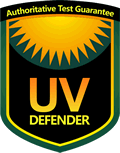Pros and Cons of Artificial Grass
- 2024-06-11
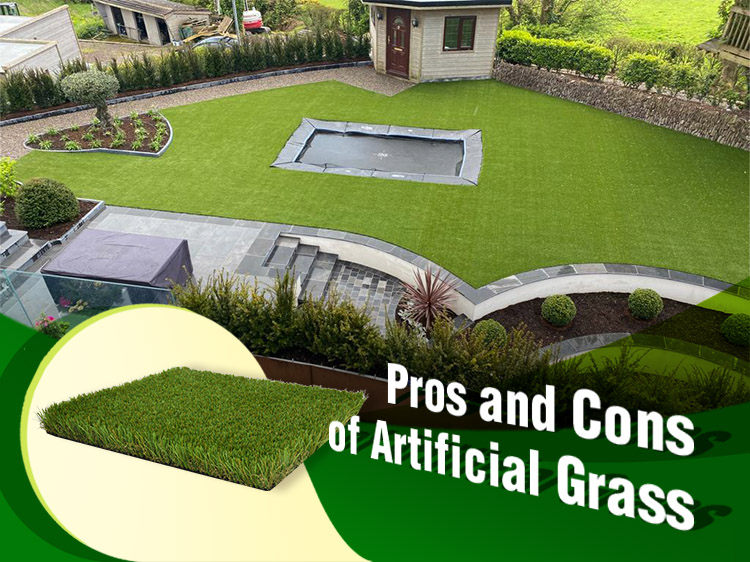
Artificial turf has become a popular alternative to natural grass for various applications, including sports fields, residential lawns, and commercial landscapes. As with any choice, it comes with its own set of pros and cons. In this post, we’ll explore these in detail to help you make an informed decision.
Let’s start with a quick summary in the table below:
| Artificial Grass Pros | Artificial Grass Cons |
| Saves Water | Higher Upfront Cost |
| Low Maintenance | Potential Overheating in Sunlight |
| All Weather | Limited Lifespan |
| Always Picture Perfect | |
| Durability | |
| Versatility | |
| Clean and Allergy-Friendly |
Table of Contents
ToggleBenefits of Artificial Grass
Saves Water
Natural grass lawns require regular watering to stay green, especially in dry climates. It is estimated that homeowners with traditional grass use approximately 50-70% of their personal water consumption on the upkeep of their lawns.
By switching to artificial turf, this water usage can be significantly reduced, contributing to overall water conservation efforts, especially in regions prone to drought.
Low Maintenance
Synthetic grass requires significantly less maintenance than natural grass. There’s no need for mowing, fertilizing, or pest control. This can save homeowners and facility managers both time and money over the long term.
All Weather
Artificial grass can be used continuously in any weather, as it doesn’t get muddy or waterlogged. Beneficial for sports fields and school playgrounds, it minimizes disruptions from adverse weather, ensuring minimal downtime and maximum use.
Always Picture Perfect
Traditional grass doesn’t stay green 365 days a year and may develop brown patches and uneven areas. However, artificial turf maintains a consistently lush and green appearance, ensuring an inviting and attractive outdoor space throughout the year.
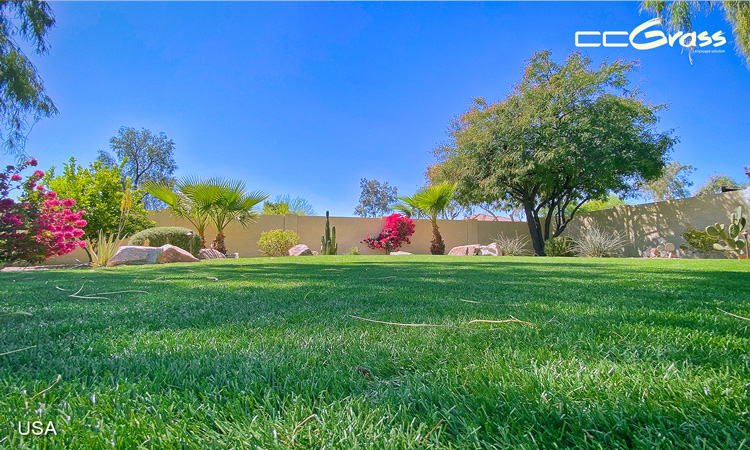
Durability
High-quality artificial grass is designed to withstand heavy use and harsh weather conditions. It doesn’t wear down as quickly as natural grass, making it an excellent choice for high-traffic areas like training fields, playgrounds, and pet areas.
With a lifespan that can last from 8 to 15 years, depending on the quality and level of use, artificial grass provides long-term durability and cost-effectiveness.
Versatility
Artificial turf can be installed in a variety of locations where natural grass might struggle to grow, such as shaded areas, rooftops, or indoor spaces.
Moreover, it can be customized to fit different aesthetic preferences and functional needs, with options spanning designs, colors, and styles. This versatility makes it ideal for diverse applications, providing creative landscaping solutions.
Clean and Allergy-Friendly
Artificial turf doesn’t produce mud, dust, or pollen, which can be beneficial for people with allergies. Our artificial grass installations, especially around pools, keep mud and loose grass from getting stuck to the bottom of your feet — no one enjoys that feeling!
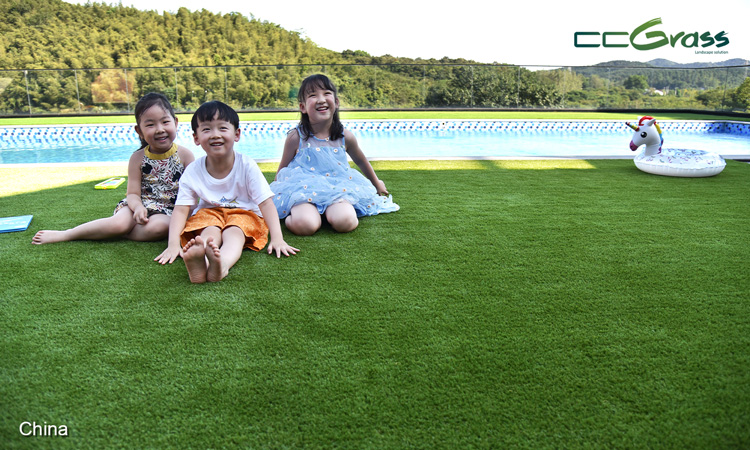
Disadvantages of Artificial Grass
Higher Upfront Cost
According to HomeAdvisor, the average cost of installing artificial turf ranges from $5 to $20 per square foot, compared to $1 to $5 per square foot for real grass.
The initial installation of artificial turf is significantly more expensive than planting natural grass due to the cost of the turf itself, ground preparation, and installation labor. However, the higher upfront cost can be offset over time by lower maintenance expenses.
Potential Overheating in Sunlight
Fake grass can become quite hot in direct sunlight, which can be uncomfortable during warm weather. However, with proper precautions, it should not cause burns.
Simple measures like applying sand infill, sprinkling water on the surface, and using a light-colored blanket in areas where you plan to sit can help reduce the heat and keep the surface more comfortable.
Limited Lifespan
While artificial grass boasts durability, it will eventually need replacement, typically every 8 to 15 years. This lifespan is still quite impressive, offering many years of low maintenance.
However, replacing synthetic turf can be labor-intensive and costly, involving the removal and disposal of the old turf and the installation of new material.
Final Thoughts: Should You Opt for Artificial Grass?
Weighing Your Options: Natural vs. Artificial Grass
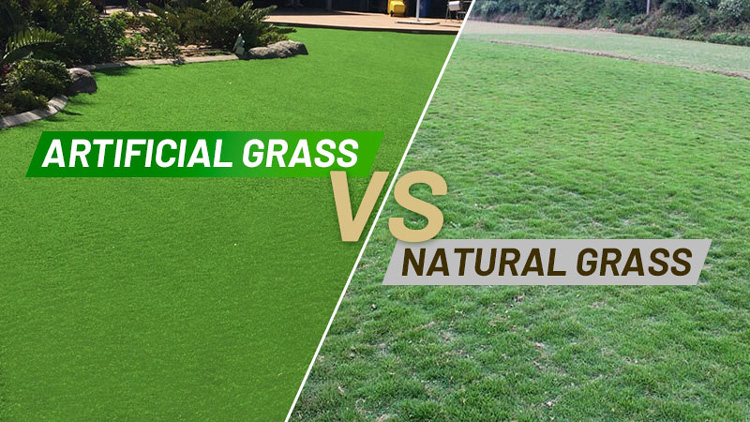
For those who take pleasure in gardening and enjoy the hands-on experience of maintaining a vibrant lawn, natural grass remains an excellent choice.
Conversely, if you prefer a low-maintenance option that frees up your weekends and reduces ongoing expenses, artificial turf may be more appealing. This is especially true in areas with water restrictions or for individuals with hectic schedules who need a hassle-free lawn solution.
To give you a quick overview, here’s a short video that lists the pros and cons of both natural and artificial grass:
The decision between real and fake grass ultimately depends on your personal preferences, lifestyle, and environmental considerations. For a more detailed comparison, check out our comprehensive article on Artificial Grass vs. Natural Grass: Which Should You Choose for Your Lawn?
Discover CCGrass Artificial Grass Solutions
At CCGrass, we offer an extensive product lines and stylistic choices to suit various needs:
Artificial grass for backyard & garden
Fake grass on balcony & terrace
DIY artificial grass in chain/DIY stores
Within each category, we provide a wide selection of styles, including various pile heights, fiber densities, and colors. This ensures you find artificial grass that perfectly aligns with market trends and fulfills your customers’ unique preferences and requirements.
Spanning 140+ countries globally, CCGrass is renowned for its reliability, offering unmatched solutions for wholesalers, distributors, DIY/chain stores, contractors, installers, and more. To explore more about CCGrass, initiate a business partnership, request samples and quotes, please feel free to get in touch at 86 25 6981 1666 or email us at [email protected].


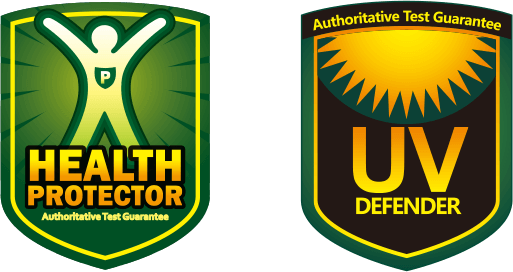


 Tel:
Tel:  E-mail:
E-mail: 